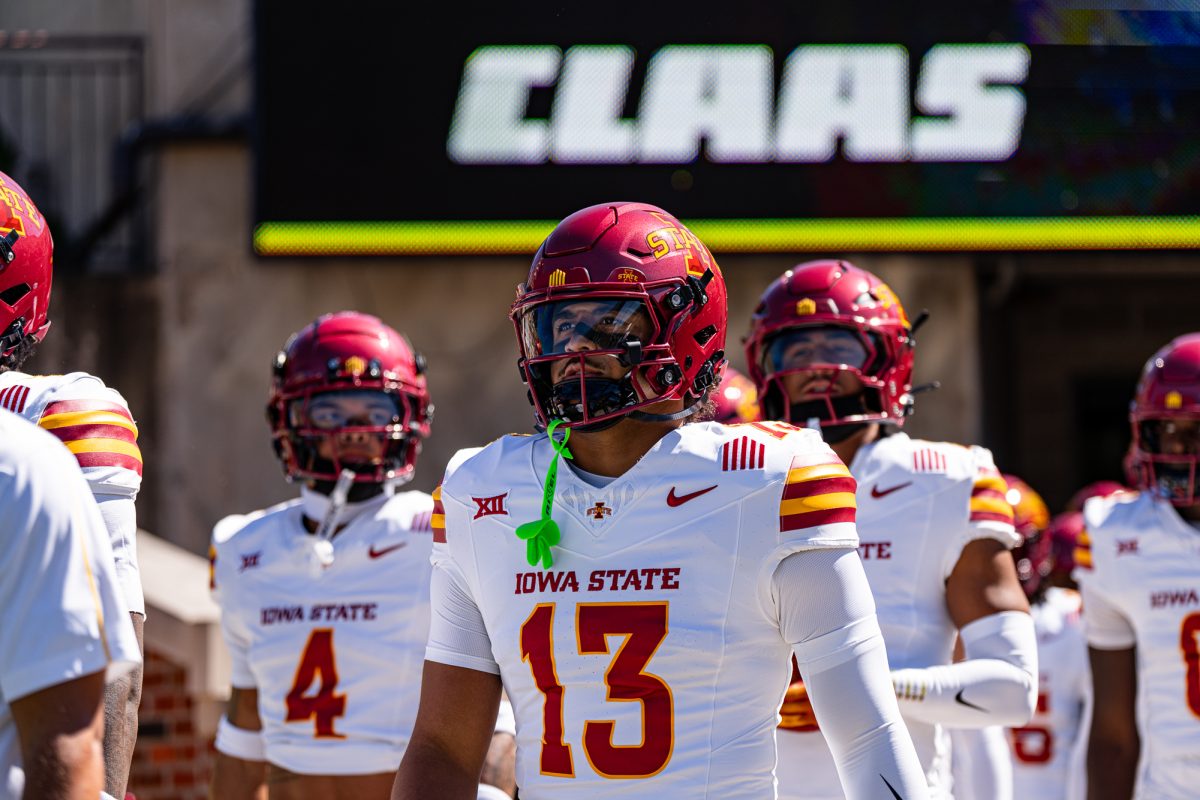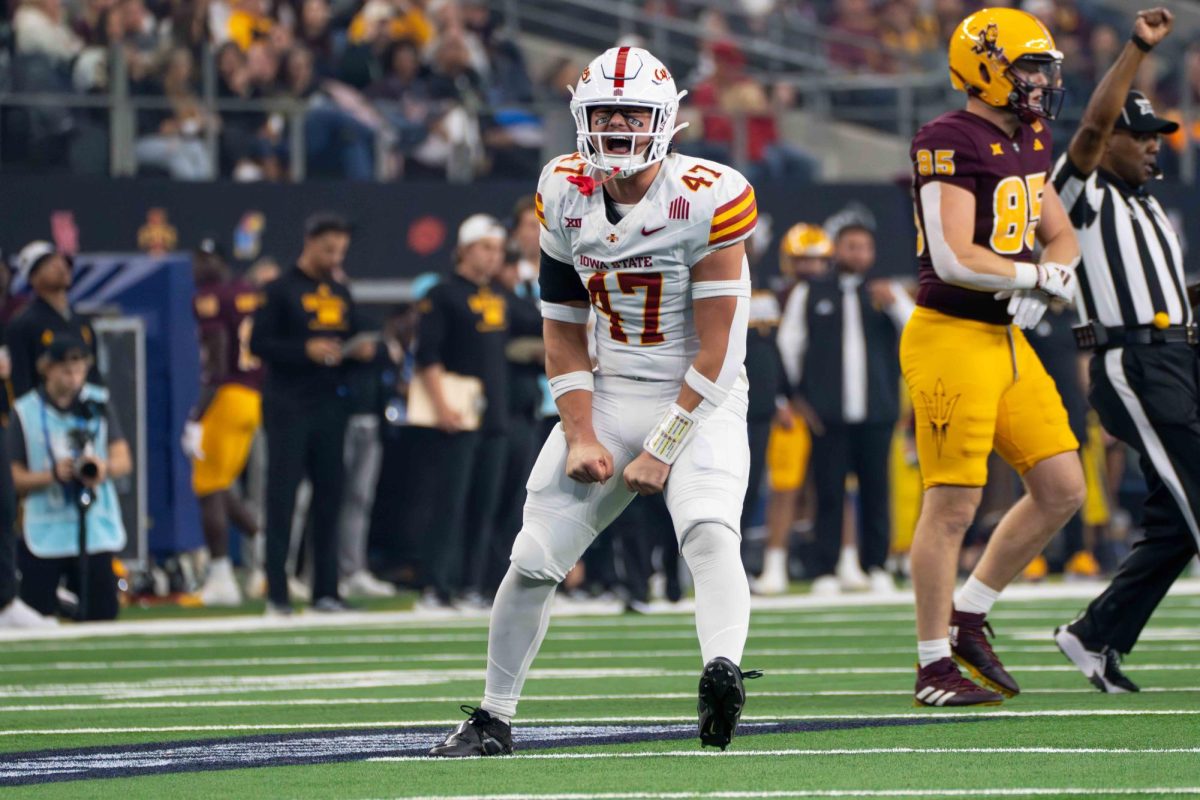Ebonics teaches
January 14, 1997
Since Dec. 18, the day the Oakland school board passed a resolution to treat Ebonics as a second language, the plan for teaching black English has made headlines across the country.
“What?” many have said, “Teach children Ebonics in the classroom?”
Suddenly, everyone is fearful that schools will be teaching Ebonics 101.
But they don’t understand that treating Ebonics, a term coined in 1973 from the words “ebony” and “phonics,” as a language does not mean that it is a language.
The truth is that using Ebonics in the classroom is an effective means of teaching those who have grown up speaking the language spoken by many black, inner-city youth.
The method involves translating to standard English, rather than correcting the students for speaking wrongly. It removes the negativity of telling the students what they learned is wrong.
In fact, what the few studies that have been conducted on learning with Ebonics have shown that it is effective. And if it works, use it.
The argument over whether or not to call it a language doesn’t matter as long as using Ebonics can teach the kids standard English.
The Oakland school board simply recognized the obvious: Ebonics is the “primary language” of many of its students.
In order to get somewhere, you’ve got to start where you are. The kids speak black English, called Ebonics, so start there.






